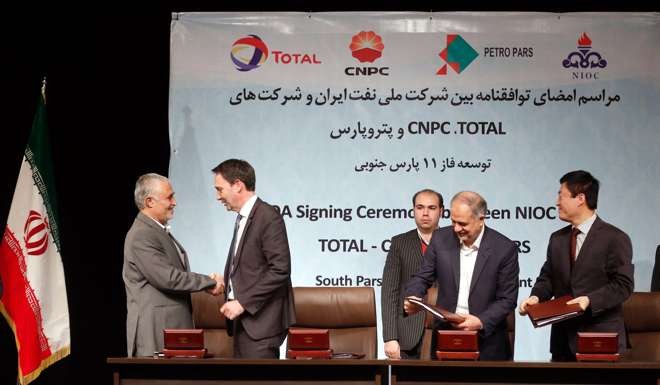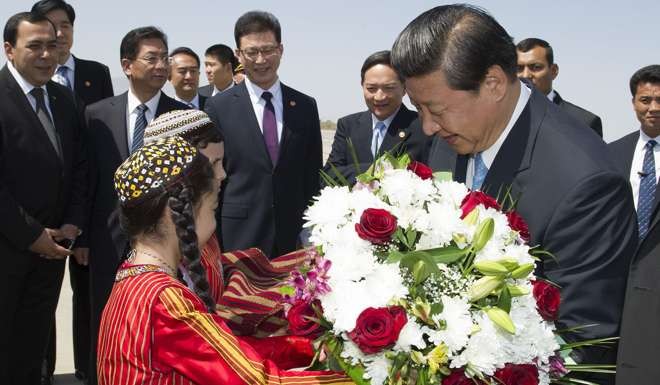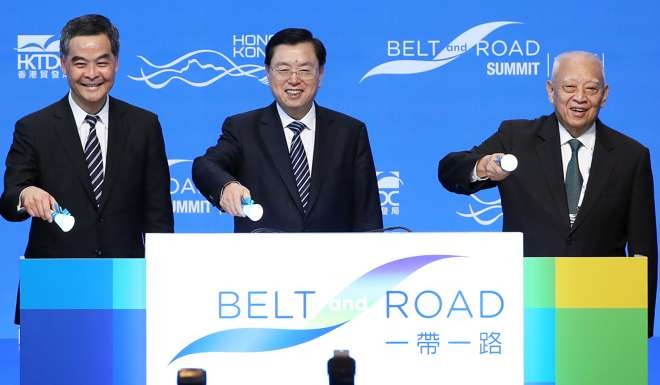
How One Belt, One Road is guiding China’s football strategy
China is aligning its football investments with a strategy to secure west Asian minerals – and One Belt, One Road could have major implications for the sport’s new world order
Many western observers probably still believe that Europe’s top clubs remain the most coveted football targets for China and its investors, their prospective purchase somehow symbolising the country’s sporting ambitions. And there are good reasons for such beliefs, not least the profile, presence, and power that owning a leading football club can bring.
The global discourse around China and football is becoming an increasingly well-rehearsed one, as well as one with which many of us are now familiar. But is it misplaced? Could it actually be the case that China’s football strategy is neither about the sport itself nor about Europe? Indeed, could it be that Iranian Gulf Pro League clubs Tractor Sazi and Perspolis are more important to the Chinese?

An alignment of Chinese and Iranian sporting interests would therefore seem to be one obvious outcome of strengthening relations between the two countries. Indeed, we should probably expect sponsorships, commercial deals, and even club relationships involving the two countries.
This becomes an even likelier prospect given that Iran is a more accomplished performer at World Cups than China ever has been. The east Asian giant therefore has much to learn from its smaller west Asian partner. However, this still doesn’t account for the significance of the train, which in itself is evidence of China’s growing power across Eurasia.
China has been seeking to utilise OBOR as a means of securing raw materials and building the capacity of its manufacturing industries. At the same time, the country has also sought to break some established ties between countries in the region. Among China’s achievements include the construction of a gas pipeline that allowed Turkmenistan to break its dependence on Russia, and an oil pipeline running from Russia to China.

Aside from any speculation about Iranian football, we are already seeing how the sport and OBOR are becoming part of China’s broader strategic goals. The sale of a 13 per cent stake (worth £265 million) in English Premier League club Manchester City was in part motivated by mineral interests. City is still controlled by its majority owners from Abu Dhabi, but it is China’s broader relationship with the United Arab Emirates, an OBOR member, that is striking.

China-based broker of football club deals, Alexander Jarvis, has noted that, “Football is increasingly influenced by the minerals. I am sure it was a factor in the Chinese investment into City Football Group; venture capital firm Citic Capital, part of the consortium, has huge interests in the energy sector globally, while CEFC China Energy Company - which bought Czech football club Slavia Prague in 2015 - has close ties with local government in the country. We are seeing this type of activity across a range of countries, including Serbia, Russia, Kyrgyzstan, Kazakhstan and Uzbekistan, Iran and India.”
These are all OBOR nations, albeit sometimes with poorly-developed football. Even so, leaders of nations along the new Silk Road will be acutely aware of the political leverage that sport and football can provide, especially in their dealings with China.
The world will inevitably continue to focus on Wanda’s onward march through sport, Suning’s growing interests in football, and Marcello Lippi’s battle to get China to the 2018 World Cup. However, it is arguable that football’s new world order is more potently emerging in the nations through which China’s OBOR passes. Bishkek, capital of Kyrgyzstan, may not spring to mind as being a major influence on the future of football. Yet its mineral wealth and willingness to utilise sport as a means of engaging with China suggests it could be just as big an influence on China and football as La Liga and Serie A.
This piece is published in partnership with Policy Forum.net, an academic blog based at the Australian National University’s Crawford School, looking at the region’s public policy challenges.

